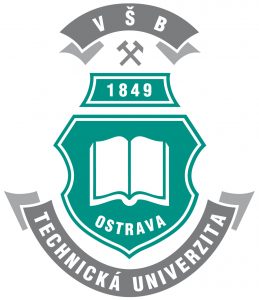Algae producing nanogold
 Projects
Projects
 Projects
Projects
 Projects
Projects
In addition to producing jewellery, gold is widely used in industry, technology, as a material for making electrical computer components, joint replacements in medicine, chemists work with it. Research showed that nanogold has excellent catalytic properties (much like platinum or palladium), and can accelerate or retard chemical reactions. Particles that have at least one dimension in the nanometer range have a larger reactive area and their catalytic properties will increase. Apart from the purely chemical methods for preparing nanoparticles, there is one more chemical-biological way, and we got that route.
In the university Bionanotechnology Laboratory, they use algae with siliceous structures to prepare nanogold. Diatoms and golden algae (chrysomonades) have unique features, they represent the largest biomass on Earth and, in addition to that, they can move. If these algae are mixed with highly diluted acid solution of tetrachlorogold acid, after a short time, gold nanoparticles are eliminated, they are stabilized and become part of cellular slime on siliceous algae structures. The elimination (reducing) of gold from the solution takes place due to the effect of various biomolecules that living cells produce when preventing the toxic effect of metal cations.
The resulting gold nanoparticles may have a variety of uses, for example in the catalytic decomposition of carbon monoxide. They accelerate the decomposition of hazardous substances such as nerve poison soman and VX agent. In the future, they are considering the disposal of pollutants in contaminated soil, water, air, clothes using nanoparticles of gold or silver. For these purposes, other biomass – for example plant – may be used, as its acquisition is not as complicated as in the case of microorganisms; it can also represent a new use for bioorganic or waste material.
Ladies would probably prefer wearing gold on their neck rather that seeing it in the laboratory, but can assure them that during one month, they prepare 1.5 g of silica boxes with organic residues with purple (!) gold nanoparticles invisible to naked eye. Although it is not enough to produce jewellery, science can achieve great things even with such a small amount of rare metal.
Nanotechnology Centre of VŠB – Technical University of Ostrava in cooperation with the State Institute for Nuclear, Chemical and Biological Defence.






